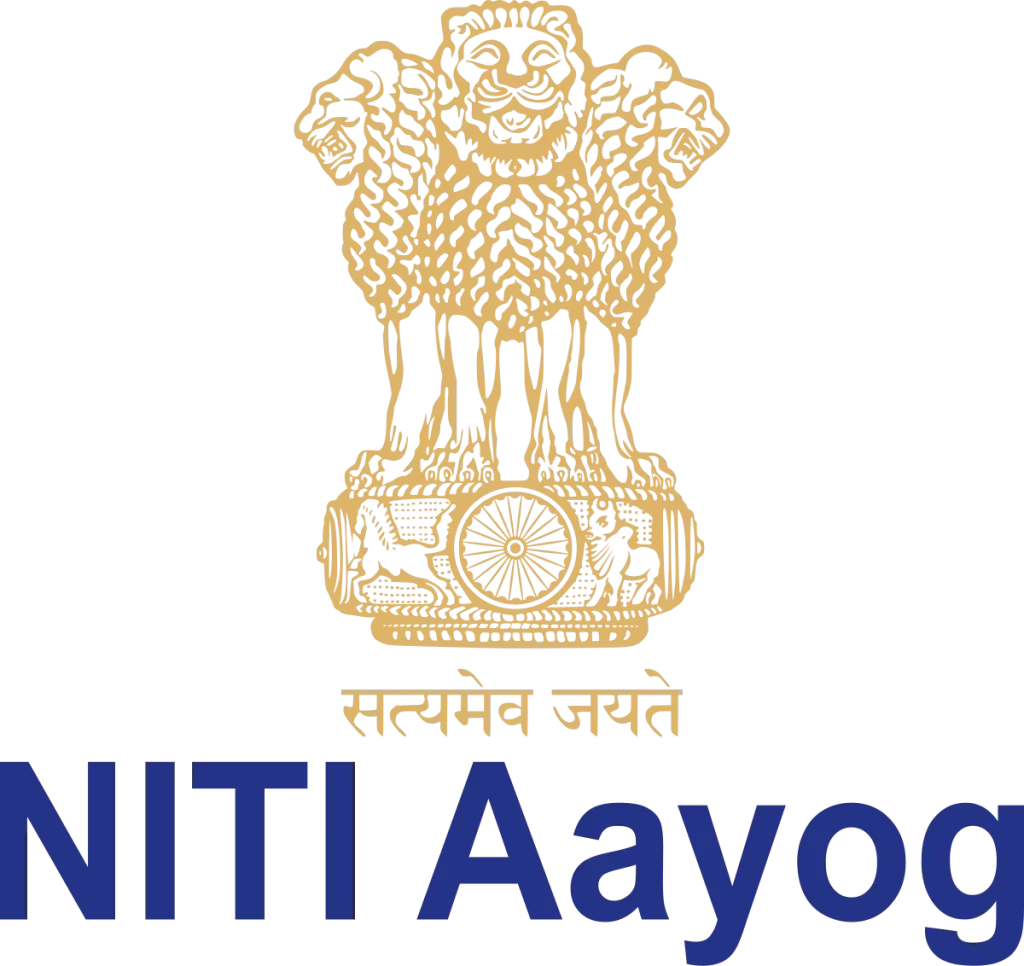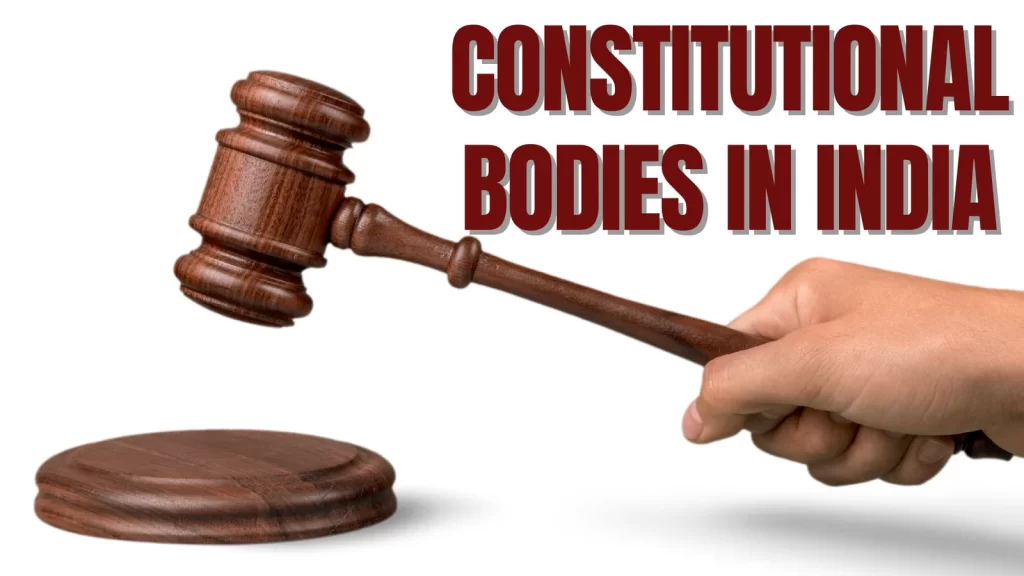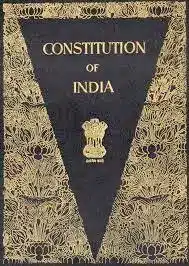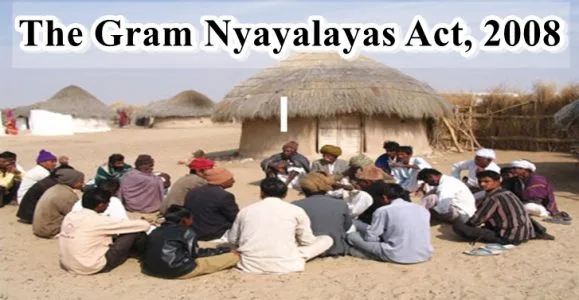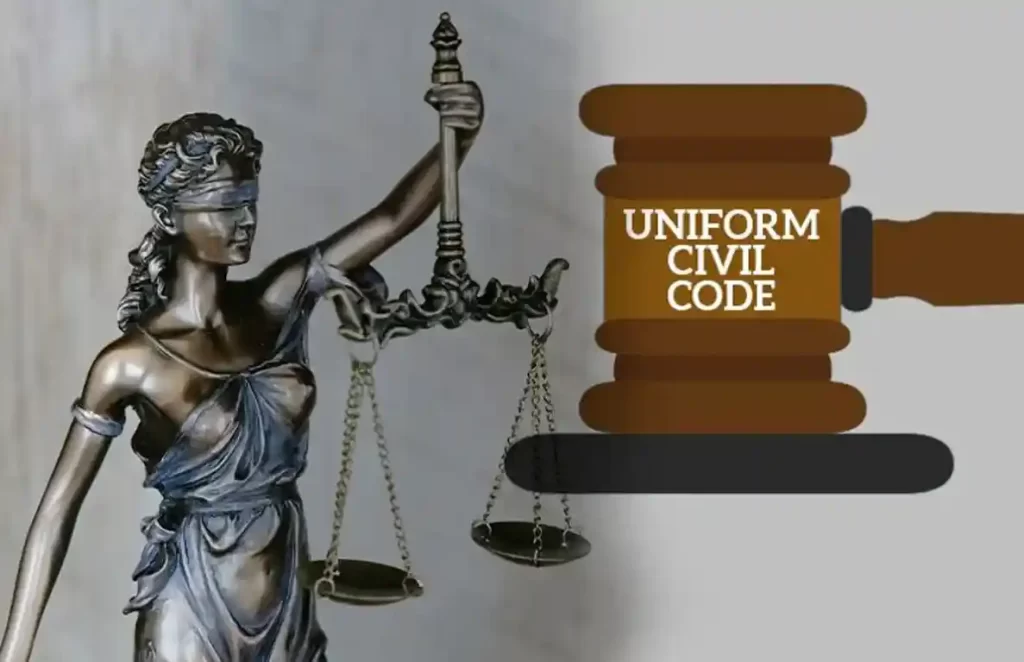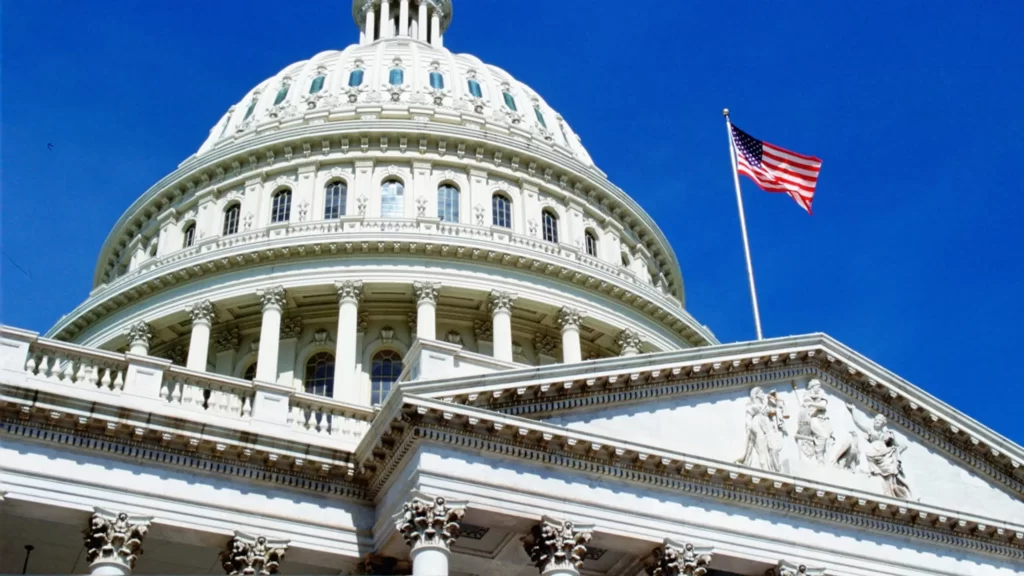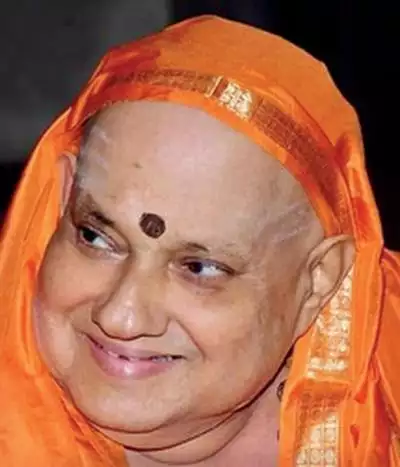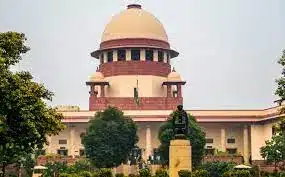About the Indian Parliament
- The Parliament is the legislative organ of a Union government and the Indian Parliament is its supreme legislative body.
- It occupies a pre-eminent and central position in the Indian democratic political system due to the adoption of the Parliamentary form of Government (‘Westminster’ model of government).
- The first general elections under the new Constitution of India were held during the year 1951-52 and the first elected Parliament came into existence in April, 1952.
- Articles 79 to 122 in Part V of the Constitution deal with the organisation, composition, duration, officers, procedures, privileges and powers of the Parliament.
- The framers of the Indian Constitution relied on the British pattern for Parliament rather than the American pattern.
- The President is not an integral part of the legislature in the USA, however, in India, it is.
- Lok Sabha is composed of representatives of the people chosen by direct election on the basis of adult suffrage.
Structure of the Indian Parliament and its components
- The Indian Parliament is divided into three parts per the constitution: the President, the Council of States, and the House of the People.
- The Council of States and the House of People adopted the Hindi names ‘Rajya Sabha’ and ‘Lok Sabha’ in 1954, respectively.
- The Upper House (Second Chamber or House of Elders) is the Rajya Sabha, and the Lower House in the Lok Sabha (First Chamber or Popular House).
- The former represents the Indian Union’s states and union territories, while the latter represents the people of India as a whole.
- Despite the fact that the President of India is not a member of either House of Parliament and does not attend its meetings, he is an integral part of the Parliament.
- This is due to the fact that a bill passed by both Houses of Parliament cannot become law unless it receives the President’s assent.
- He also performs certain functions related to Parliamentary proceedings, such as summoning and pro-roguing both Houses, dissolving the Lok Sabha, addressing both Houses, issuing ordinances when they are not in session, and so on.
- The interdependence of the legislative and executive branches is emphasized in the parliamentary form of government.
- As a result, we have the ‘President-in-Parliament,’ similar to the ‘Crown-in-Parliament’ in Britain.
- The two houses sit separately and are constituted on different principles.
Composition of the Indian Parliament
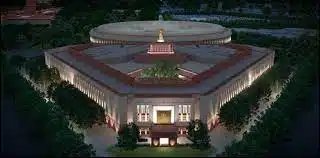
Composition of Rajya Sabha
- The maximum strength of the Rajya Sabha is fixed at 250, out of which, 238 are to be the representatives of the states and union territories (elected indirectly) and 12 are nominated by the president.
- At present, the Rajya Sabha has 245 members. Of these 229 members represent the states, 4 members represent the union territories and 12 members are nominated by the president.
- The Fourth Schedule of the Constitution deals with the allocation of seats in the Rajya Sabha to the states and union territories.
Composition of Lok Sabha
- The maximum strength of the House envisaged by the Constitution is 552, which is made up by election of upto 530 members to represent the States, upto 20 members to represent the Union Territories and not more than two members of the Anglo-Indian Community to be nominated by the Hon’ble President, if, in her/his opinion, that community is not adequately represented in the House.
- After coming into effect of The Constitution (One Hundred and Fourth Amendment) Act, 2019, the provision of special representation of the Anglo-Indian community in the House of the People by nomination has not been extended further.
- The total elective membership is distributed among the States in such a way that the ratio between the number of seats allotted to each State and the population of the State is, so far as practicable, the same for all States.
Duration of the Indian Parliament
Duration of Rajya Sabha
- The Rajya Sabha (first constituted in 1952) is a continuing chamber, that is, it is a permanent body and not subject to dissolution.
- However, one-third of its members retire every second year.
- The retiring members are eligible for re-election and re-nomination any number of times.
- The Constitution has not fixed the term of office of members of the Rajya Sabha and left it to the Parliament. Accordingly, the Parliament in the Representation of the People Act (1951) provided that the term of office of a member of the Rajya Sabha shall be six years.
Duration of Lok Sabha
- Unlike the Rajya Sabha, the Lok Sabha is not a continuing chamber.
- Its normal time is five years from the date of its first meeting after the general elections, after which it automatically dissolves.
- However, the President is authorised to dissolve the Lok Sabha at any time even before the completion of five years and this cannot be challenged in a court of law.
- Further, the term of the Lok Sabha can be extended during the period of national emergency by a law of Parliament for one year at a time for any length of time. However, this extension cannot continue beyond a period of six months after the emergency has ceased to operate.
Powers of the Indian Parliament
But for a few exceptions, both Houses of Parliament enjoy similar powers and status under the Constitution. In certain spheres, however, each House has been given some special powers which are not available to other. Distribution of such powers is based mainly on the nature and composition of the House.
Special Powers of Rajya Sabha
- It can authorise the Parliament to make a law on a subject enumerated in the State List (Article 249).
- It can authorise the PArliament to create new All-India Services common to both the Centre and States (Article 312).
Special Powers of Lok Sabha
- A Money Bill can be introduced only in the Lok Sabha.
- The final power to decide whether a particular bill is a Money Bill or not is vested in the Speaker of the Lok Sabha.
- The Speaker of Lok Sabha presides over the joint sitting of both the Houses.
- Rajya Sabha can only discuss the budget but cannot vote on the demands for grants (which is the exclusive privilege of the Lok Sabha).
- A resolution for the discontinuance of the national emergency can be passed only by the Lok Sabha and not by the Rajya Sabha.
- Council of ministers is collectively responsible only to the Lok Sabha.
Significance of the Indian Parliament
- The Parliament debates matters of national and international importance. In this regard, the opposition plays a vital role in ensuring that the country is aware of alternative opinions.
- The parliamentary system of governance allows people from a wide range of ethnic, racial, linguistic, and ideological backgrounds to participate in the formulation of laws and policies.
- A Parliament is frequently referred to as a “mini-nation” and in a democracy, the Parliament is responsible for debating important issues before legislation or resolutions are passed.
- The Parliament has the authority to change, reduce, or expand the boundaries of states and UTs.
- The House of the People also serves as a source of information. When members of the Houses demand information, ministers are obligated to disclose it.
Also, refer :

